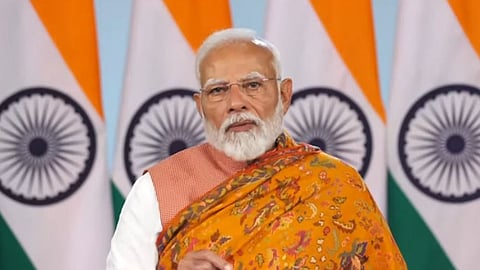New Delhi (Rajeev Sharma): India has entered a new phase of indirect taxation with the launch of GST 2.0, which takes effect nationwide from today. The overhaul replaces the earlier four-rate structure with a streamlined system that has just two regular slabs – 5% for essentials and 18% for most goods and services – along with a steep 40% levy on luxury and sin products.
The government has pitched the reform as a consumer-friendly move that will ease compliance, reduce disputes, and ultimately bring down the cost of living. Prime Minister Narendra Modi, hailing the transition as the start of a “Bachat Utsav,” promised that families would see real savings in their day-to-day purchases.
Everyday Relief for Consumers
The changes are designed to ease the tax burden on household staples and common services.
• Food & groceries: Items like milk, paratha, paneer, and packaged snacks now fall under the 5% bracket, with several essentials becoming tax-free.
• Healthcare & education: Life-saving drugs, medical equipment, and educational materials are either exempt or taxed at 5%.
• Durables & services: Washing machines, TVs, and hotel stays under ₹7,500 per night will now face lower levies. Small cars, two-wheelers under 350cc, and life and health insurance premiums also move into cheaper categories.
Steeper Taxes on Premium Lifestyle
The gains for consumers come with higher levies on certain sectors. Cigarettes, gutkha, aerated drinks, luxury cars, high-end motorbikes, and leisure activities such as casinos and betting will now draw the maximum 40% rate. Coal, a critical input for several industries, has also shifted from 5% to 18%, raising concerns over power costs.
A Step Toward Stability
The previous GST structure often created confusion with multiple slabs and overlapping categories. Policymakers believe that the simplified GST 2.0 will lead to smoother compliance and fewer classification disputes. While the government has assured citizens of lower prices, industry watchers say the true impact will depend on how businesses adjust and whether savings are actually passed on to consumers.

